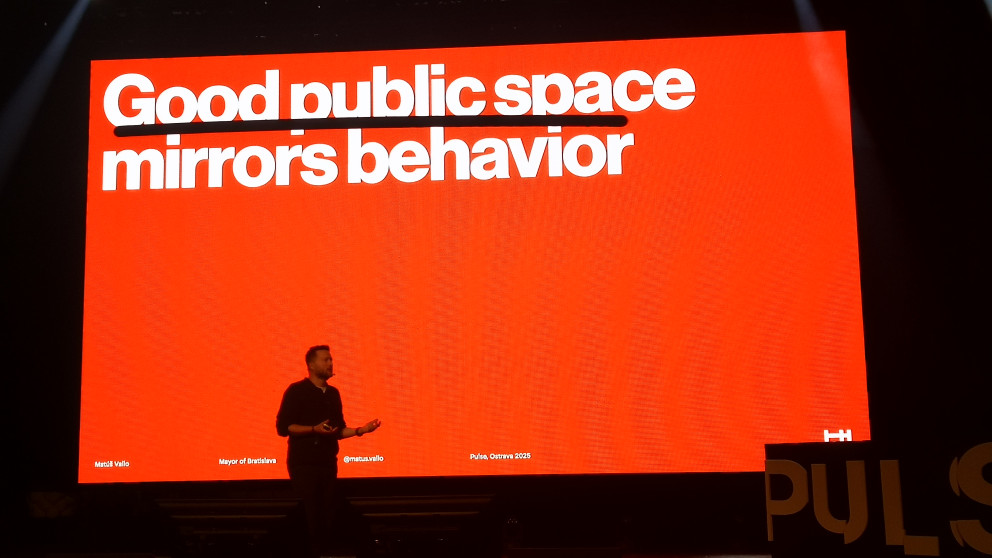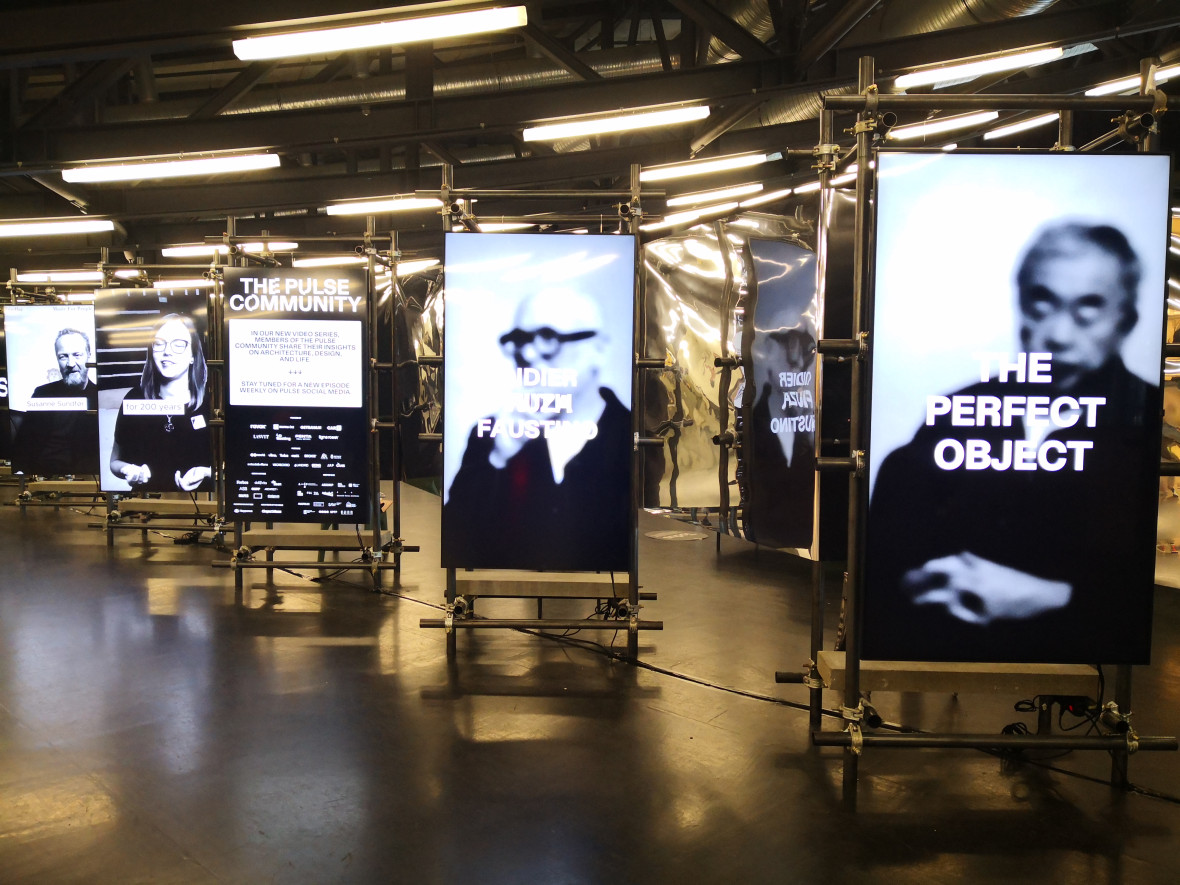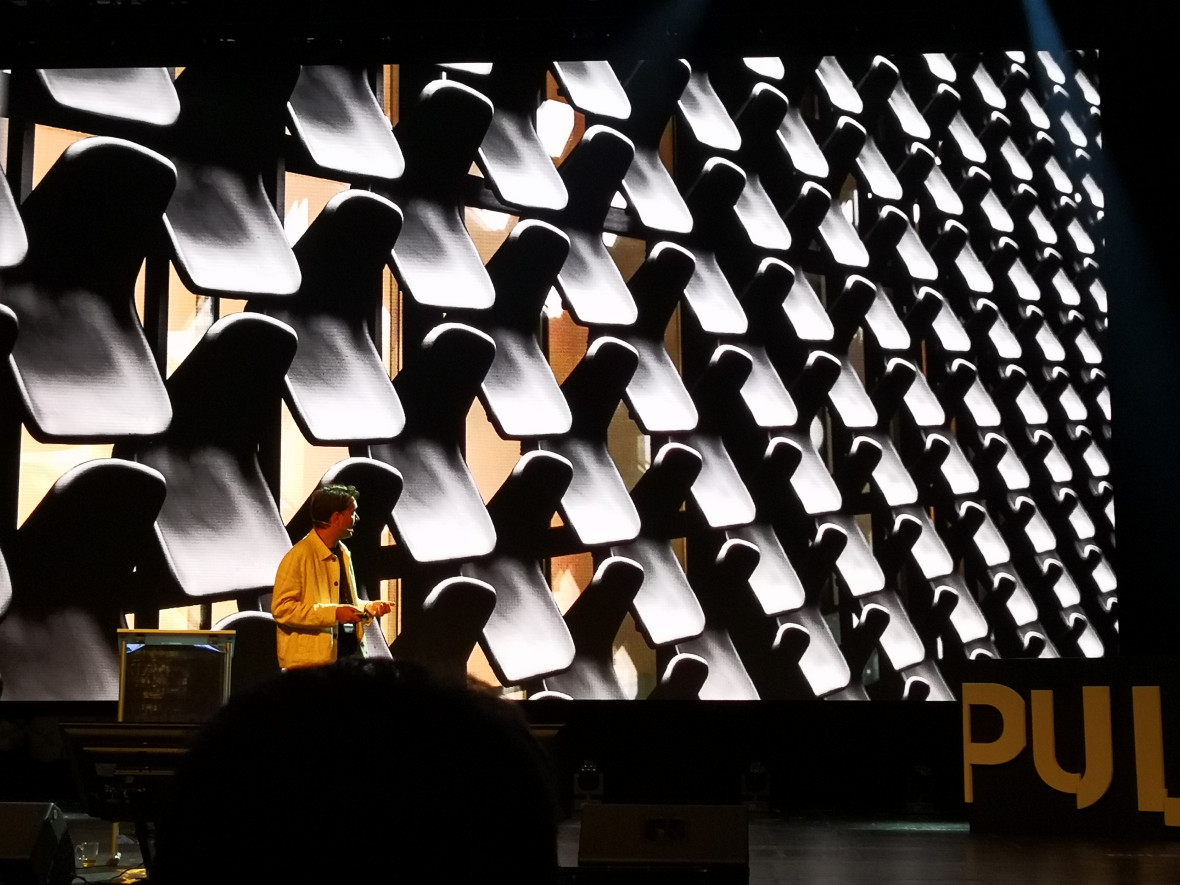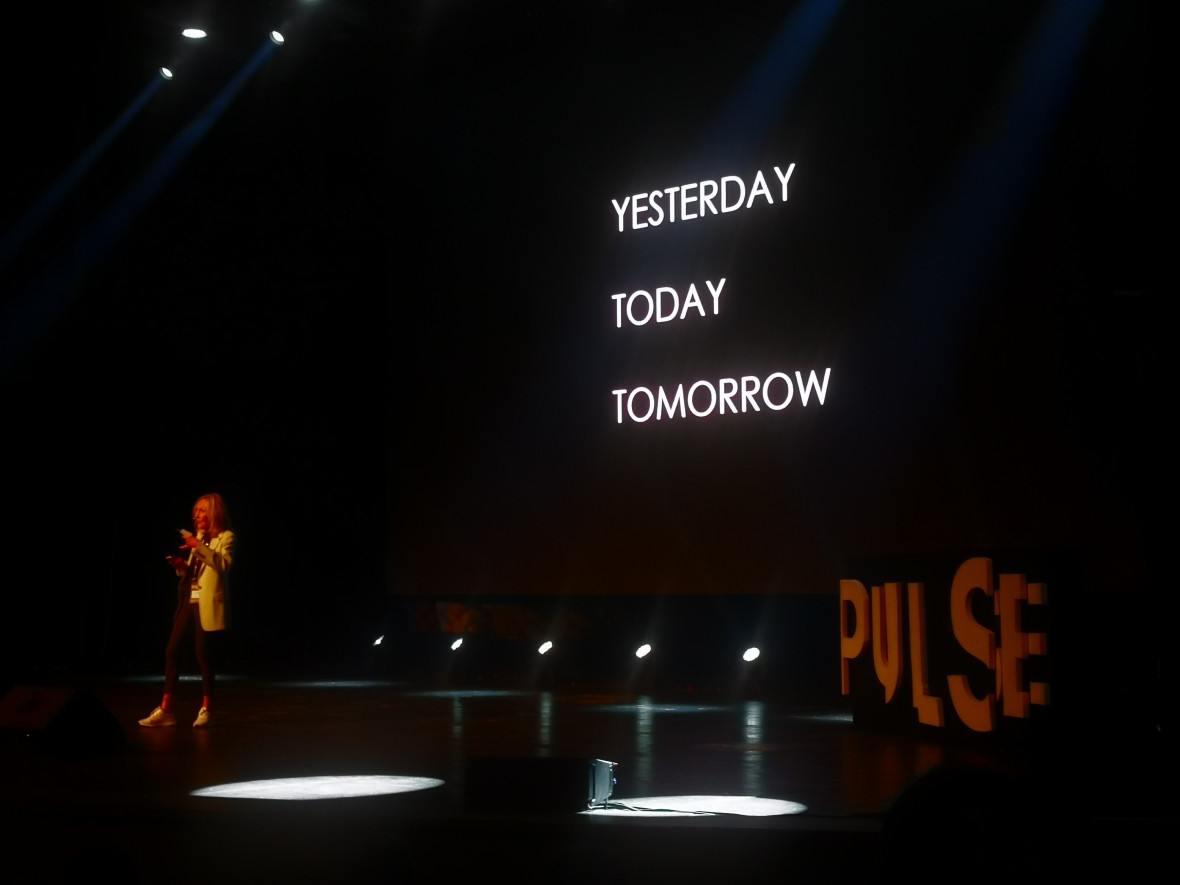RESTART: How Architects and Businesses Can Redefine Our Future Together
09.07.2025

A reflection on Pulse Ostrava 2025 and what it means for redefining business
PULSE Ostrava Festival’s 2025 theme, RESTART, couldn’t have been more fitting. As cities deal with climate change, housing crises, and social inequality, the conference asked: How can architecture and design not just adapt but lead the transformation? As an urban planner by background, environmental psychology researcher and social entrepreneur, I was struck by how many of the challenges that architects face mirror those in the business world—especially when profit and purpose collide.
Collaboration vs. Competition: A Broken Record?
Urban planner and landscape architect Winy Maas made a compelling case when he spoke at Pulse Ostrava 2025, noting: “Collaboration should be like a band—when it’s off, you hear it.” Yet, as I’ve found so far in my own research, many industries talk collaboration while practicing competition. This cognitive dissonance stalls progress. If we want systemic change, we need to align actions with words, in other words “walk the talk”—whether in urban planning or corporate boardrooms.

Who Benefits From “Integrated Investment Plans”?
The conference highlighted the increased use of “integrated investment plans” – legal frameworks that enable investors to shape urban policy. But the question then becomes: Who are these investments really for? One striking example is the affordable housing crisis. Even though many agree that there is a need for more affordable housing, it remains scarce because profit-driven models dominate. If we redefine business as a solution rather than an extraction machine, could developers build homes for communities, not just portfolios?
Nature as an Afterthought?
In one of the conference presentations, architect Maksymilian Sawick noted: “There’s a tension between landscape and building.” Too often it seems that in different sectors nature is considered as an obstacle or something to be controlled and changed, not a partner. My research suggests the same division exists in business—where sustainability has become just a PR tool to aid more sales, not a design principle. But what if cities and companies treated ecosystems as stakeholders? What if business was designed to use profit only as a tool to create wealth for everyone and not just as a KPI goal to the detriment of everything else? What if businesses’ measure of success wouldn’t be quarterly revenues, but how many lives they changed for the better or how much nature was regenerated during operations?

From NIMBY to YIMBY: The Power of Mindset
Cultural manager and co-founder of the Centre for Architecture and Metropolitan Planning (CAMP) in Prague, Štěpán Bärtl and architect, urbanist, Director of KÉK-Hungarian Contemporary Architecture Center, Eszter Dávida discussed approaches for turning NIMBY (“Not In My Backyard”) into YIMBY (“Yes In My Backyard”) to empower people to become agents for change. This resonated deeply with my research and observations so far. It seems that many people just point fingers expecting others to do something or change, not seeing their own role in making change possible. But change starts when we stop waiting for “others” to act. If everyone expects someone else to lead, who’s left to actually do things differently?
The Common Thread: Profit vs. Purpose
PULSE explored these issues from an architecture perspective, but they’re universal. Our cities—like our economies—are shaped by a chase for profit that sidelines people and planet. That’s why redefining business isn’t just theoretical; it’s urgent. If we shift the goal from maximizing shareholder returns to solving problems sustainably, we might just restart our future...today.
What’s your take? Can business and design truly align with societal needs? Share your thoughts with me at ade [at] gfz [dot] de (ade[at]gfz[dot]de).

